Insulation Tips
Mould and Insulation: Prevention, Detection, and Solutions
The potentially harmful relationship between insulation and mould should not be taken lightly. While less common than mould growth on framing, mould growing on the insulation itself is another issue to watch out for.
Insulation is designed to reduce moisture and keep homes warm and energy-efficient, but it can also provide a dangerous environment for mould growth if conditions are right. Mould thrives in moist environments and certain types of insulation can provide an ideal breeding ground for mould growth when damp.
Installing vapour permeable wraps and having an adequate number of ventilation ducts can help to prevent mould from developing within your home. This is particularly important in homes where higher-rated insulation products are being installed, such as in 7-Star Homes under the changes to the NCC 2022. Today, we’ll be answering common questions such as does insulation stop mould, we’ll discuss the signs of mould growth, take a closer look at how mould can affect insulation, and cover the steps to take for successful prevention and removal.
Can Black Mould Grow on Insulation?
Understanding black mould:
Mould is a type of fungus that grows in damp conditions. It often appears as black, green, or white fuzzy or slimy patches. Mould thrives in areas with poor ventilation and excess moisture, and can damage the structure of your home over time.
Black mould, scientifically known as Stachybotrys chartarum, is one of the more dangerous types of mould that can grow in homes. Black mould thrives in damp, poorly ventilated areas and has a dark greenish-black colour.
Black mould flourishes in conditions with excess moisture, a lack of light, and where dust or other organic material is present. This type of mould is even more harmful to humans and can lead to respiratory issues, skin irritation, and other complications.
Breeding ground for mould:
While insulation doesn’t directly contribute to mould growth, the dust and organic matter that settles on it can provide a nutrient source for mould. Certain products such as Earthwool Insulation will not encourage the growth of fungi, mould or bacteria. However, while some types of insulation are less susceptible to mould growth, they are not entirely immune if moisture is present.
How Do I Know If I Have Mould in My Insulation?
Visual signs of mould:
Any insulation that turns black and smells off has most likely become a host to mould growth.
Mould growth can be easily seen when glasswool insulation becomes discoloured and black patches are present. Mould can sometimes be hard to spot and may be hidden behind walls or in attics.
Other indicators of mould:
If you can’t see mould growing, don’t automatically assume that mould isn’t present. A musty odour is a strong indicator of mould growth, even if it’s not visible.
Mould can cause respiratory problems and other health issues. If symptoms such as coughing and sneezing occur, especially in those with allergies or asthma, it may be worth it to inspect your insulation.
Inspection tips:
To inspect your insulation for mould, check moisture-prone areas like roof spaces, basements, or spaces near plumbing. Check for roof leaks, water stains, damp patches, or discoloured insulation.
You should also examine the edges of the roofline and areas of the roof that are heavily shaded, as these areas can accumulate moisture.
If you’re ever unsure contact a professional for an inspection. A professional will know what to look for and what to do in cases of extensive mould growth.
Signs and Symptoms of Mouldy Insulation
Health symptoms related to mould exposure:
Health problems from prolonged mould exposure include:
- coughing
- sneezing
- eye irritation
- respiratory issues
- headaches
An obvious sign is when these symptoms present or worsen at home but improve when you leave.
Home environment signs:
In addition to health symptoms, signs of mouldy insulation in the home may include:
- persistent humidity
- condensation on windows
- water stains
- damp insulation
- deteriorating insulation
Insulation that appears damp, damaged, or deteriorating could be a sign of underlying mould growth.
Removing Mouldy or Damaged Insulation
Steps for safe removal:
To safely remove mould insulation, make sure you first have protective gear, including gloves, a mask, and goggles. This will help avoid irritation and contact with the eyes, skin, or mouth. Once you have your protective equipment, follow these steps to safely remove mouldy insulation:
- Seal off the area with plastic sheeting to prevent spores from spreading
- Carefully remove the insulation
- Place the contaminated insulation in plastic bags and tightly seal them
- Sanitise the area with a mould-killing cleaner
Disposal of contaminated materials:
After removing the mouldy insulation, place the insulation into heavy-duty rubbish bags and dispose of it at your local tip or waste transfer station.
When to call a professional:
Consider getting professional help if you have severe mould infestations or if the mould is causing health concerns. Mould remediation experts have the equipment and knowledge to carefully remove the mould.
Don’t take on any project that is too complex on your own. Sometimes the best course of action is to leave it to the professionals.
Preventing Mould Growth in Insulation
Moisture control:
Proper insulation can regulate moisture, act as a barrier to outdoor pollutants, and keep indoor temperatures consistent. Controlling moisture levels in the home also helps reduce mould growth. Insulation helps control indoor moisture levels by preventing warm air from coming into contact with cold surfaces.
As moisture is the common denominator in mould growth, controlling moisture levels is your first step in preventing mould growth. Fix any leaks, diagnose any condensation issues, and improve ventilation in dark, damp areas like roof spaces, underfloor areas and basements.
Vapour barriers can also help keep insulation dry by preventing moisture from entering.
Choosing mould-resistant insulation:
Mould-resistant insulation prevents mould growth by using moisture-resistant materials like fibreglass, polyester and spray foam to halt fungal growth. Brands like Earthwool, Pink Batts, and Bradford have insulation materials that are designed to resist mould growth.
You can also apply mould-resistant treatments or coatings to the insulation for an extra layer of protection.
Regular inspections and maintenance:
Schedule routine checks of your insulation, especially after heavy rains, plumbing issues, or if a musty smell is present in the home.
It’s also a good idea to schedule regular professional inspections to catch potential mould issues early and guarantee your insulation is in good condition.
Prevent Mould Insulation Today!
Pricewise Insulation is a family-owned business with over 14 years of experience in the industry.
Contact us if you’re having insulation issues and we’ll see how we can help! Don’t let mould destroy your home, choose Pricewise Insulation today!




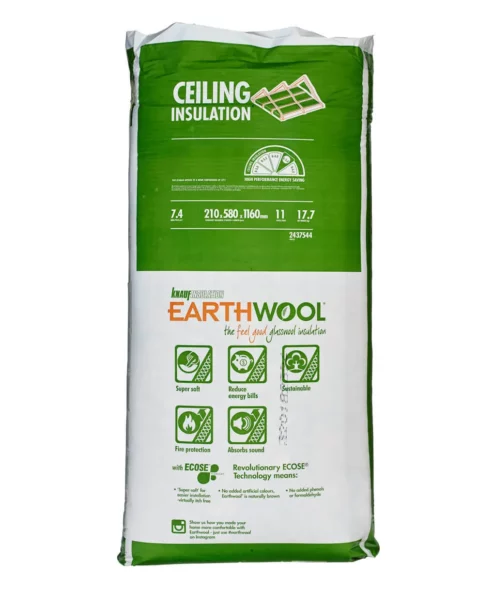
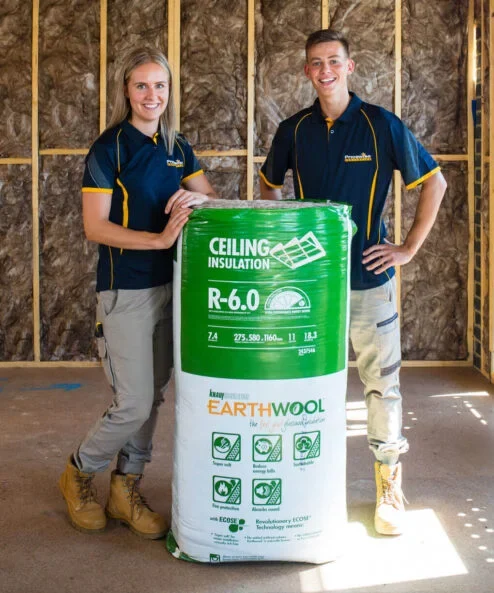
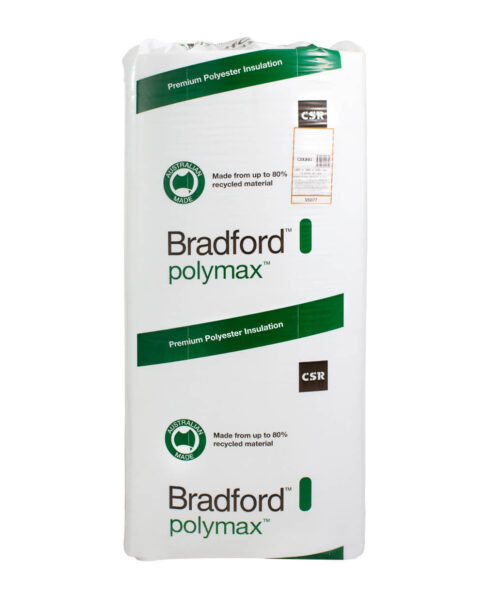
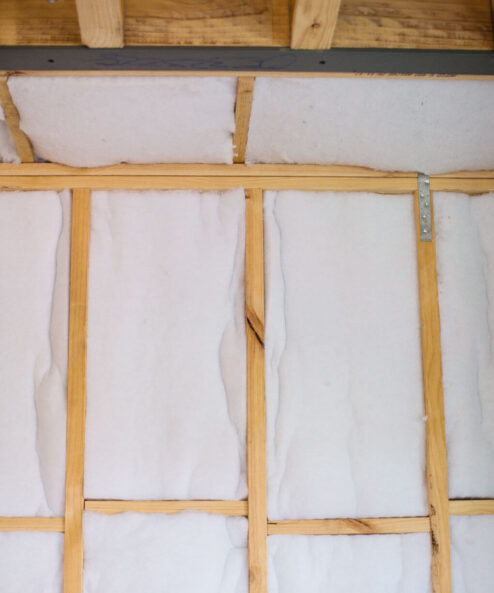
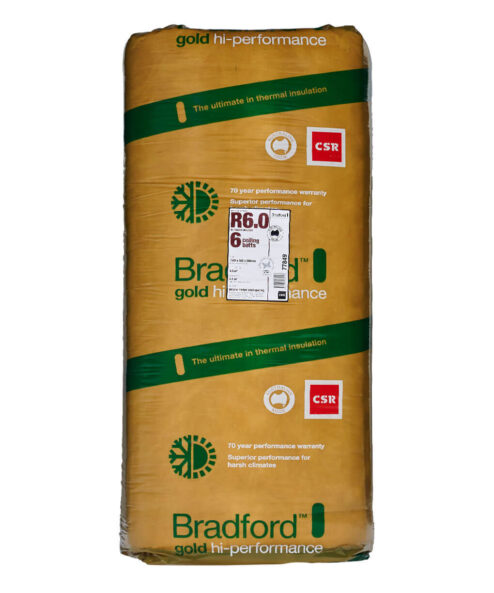
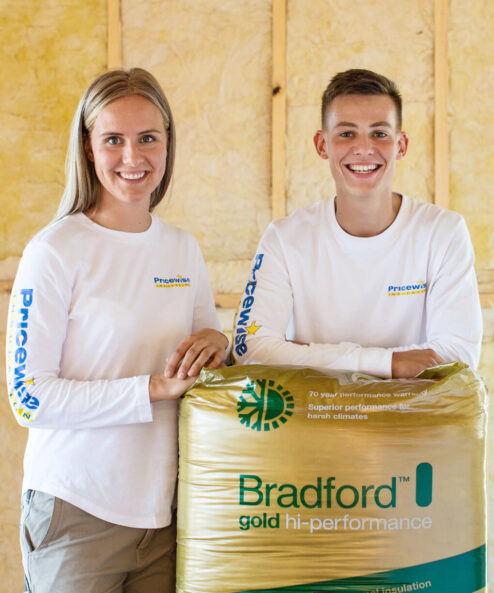
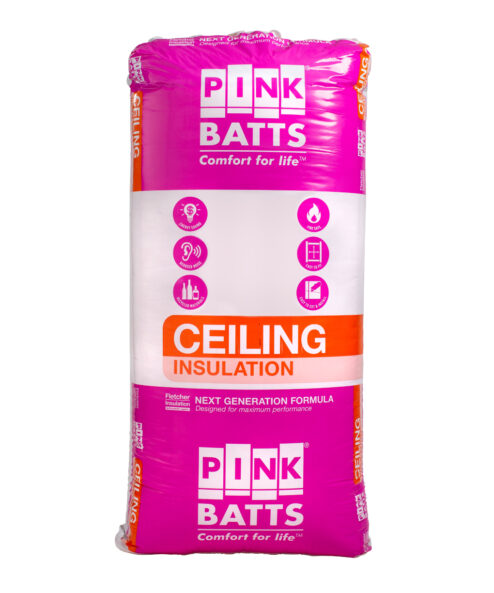
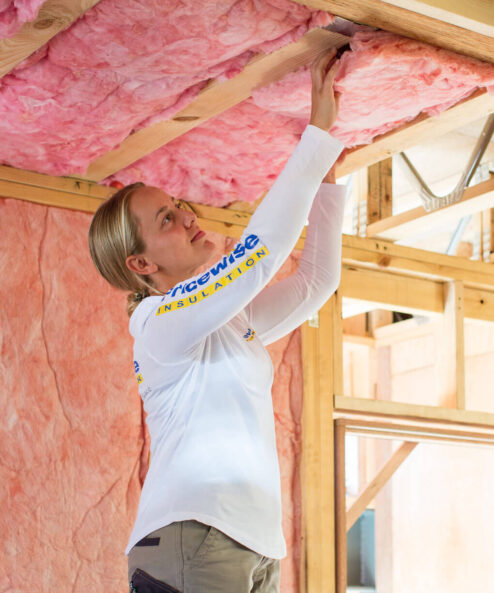


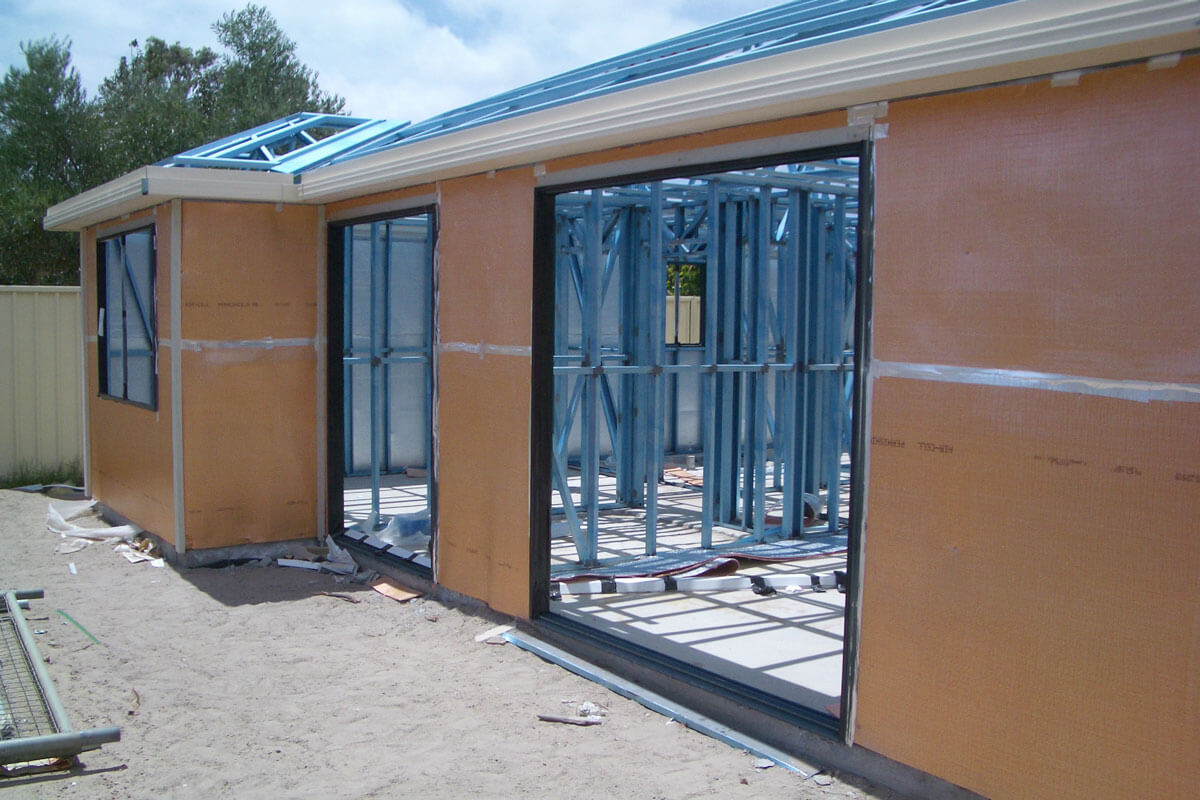
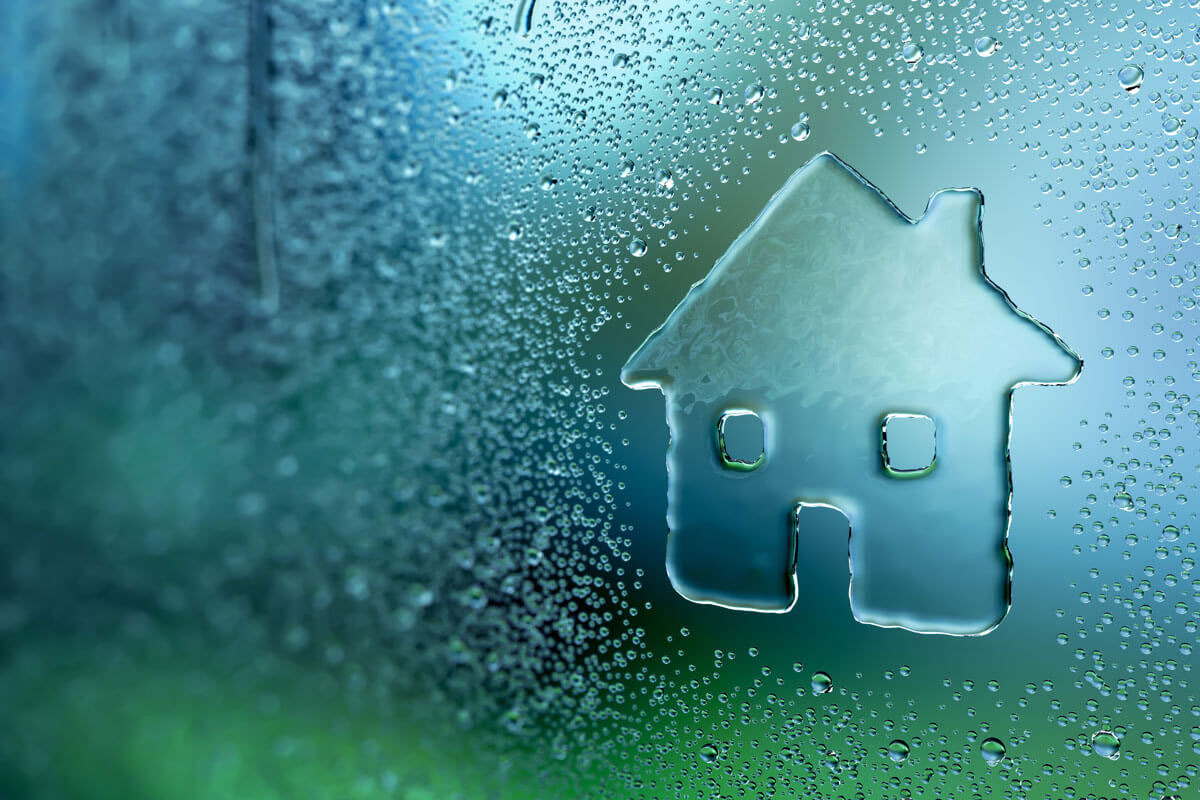
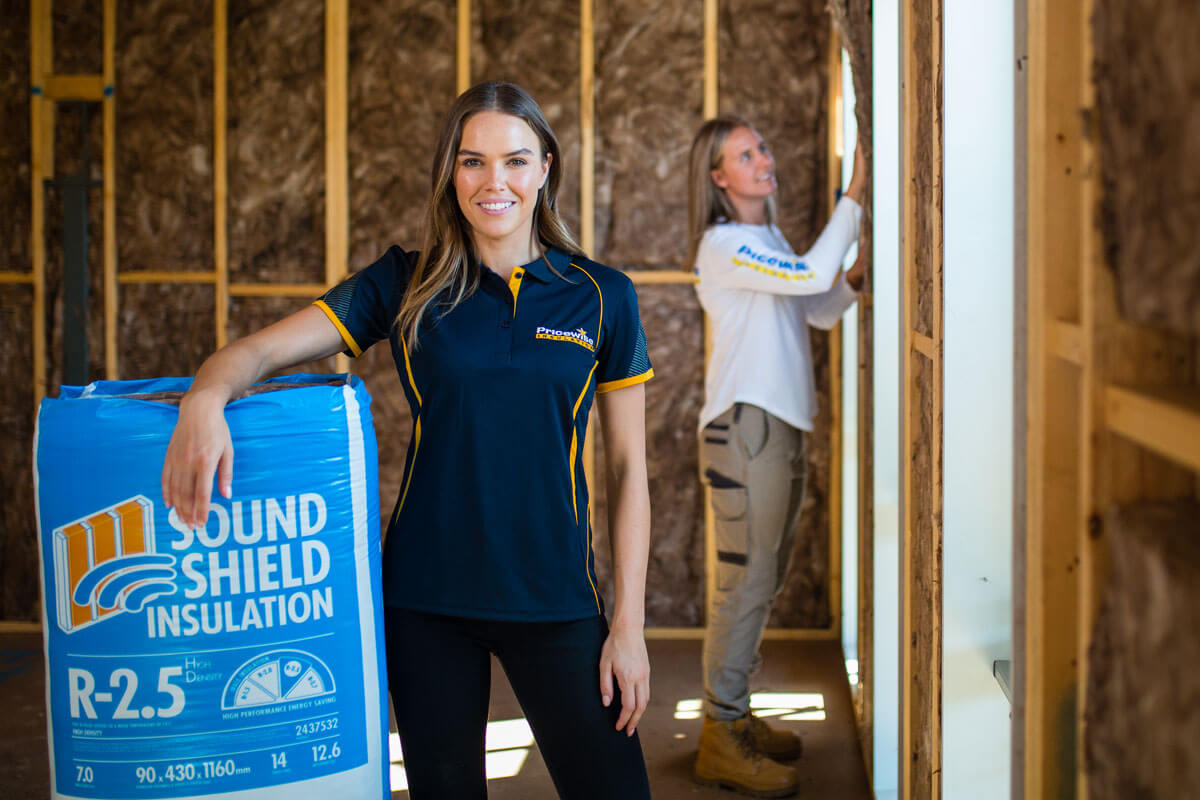
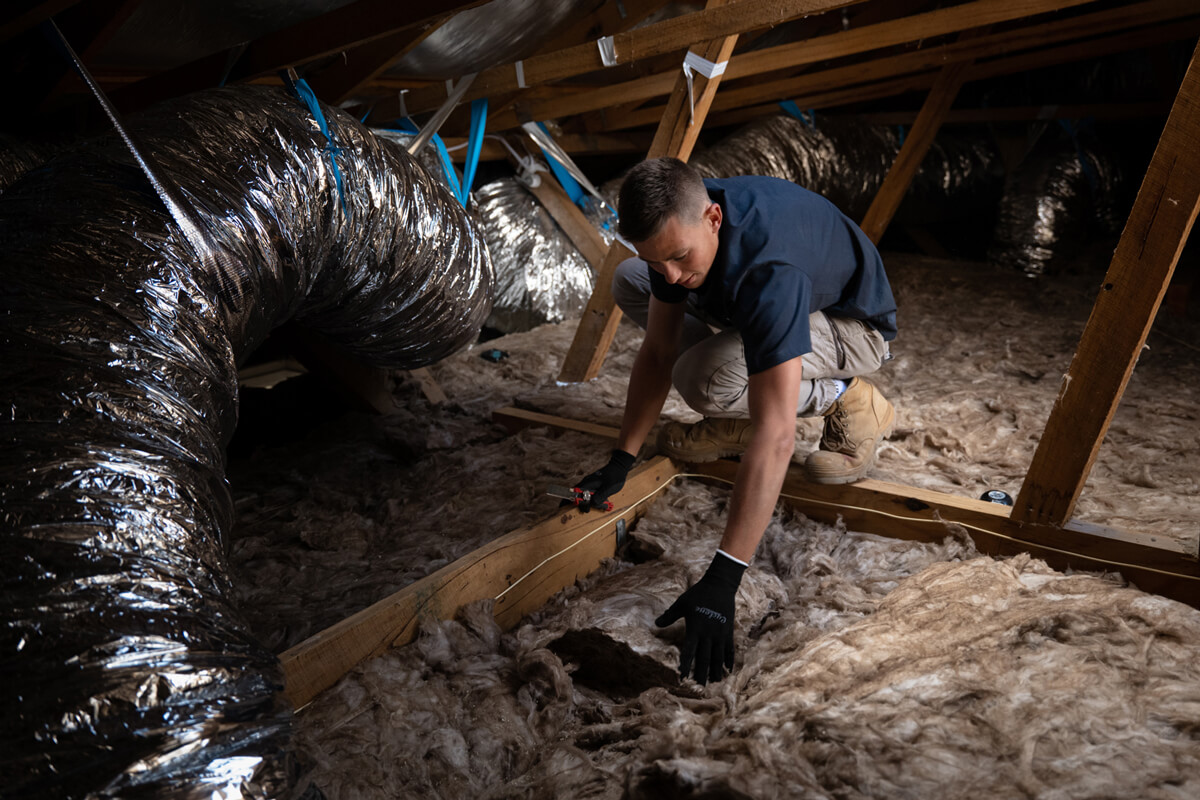
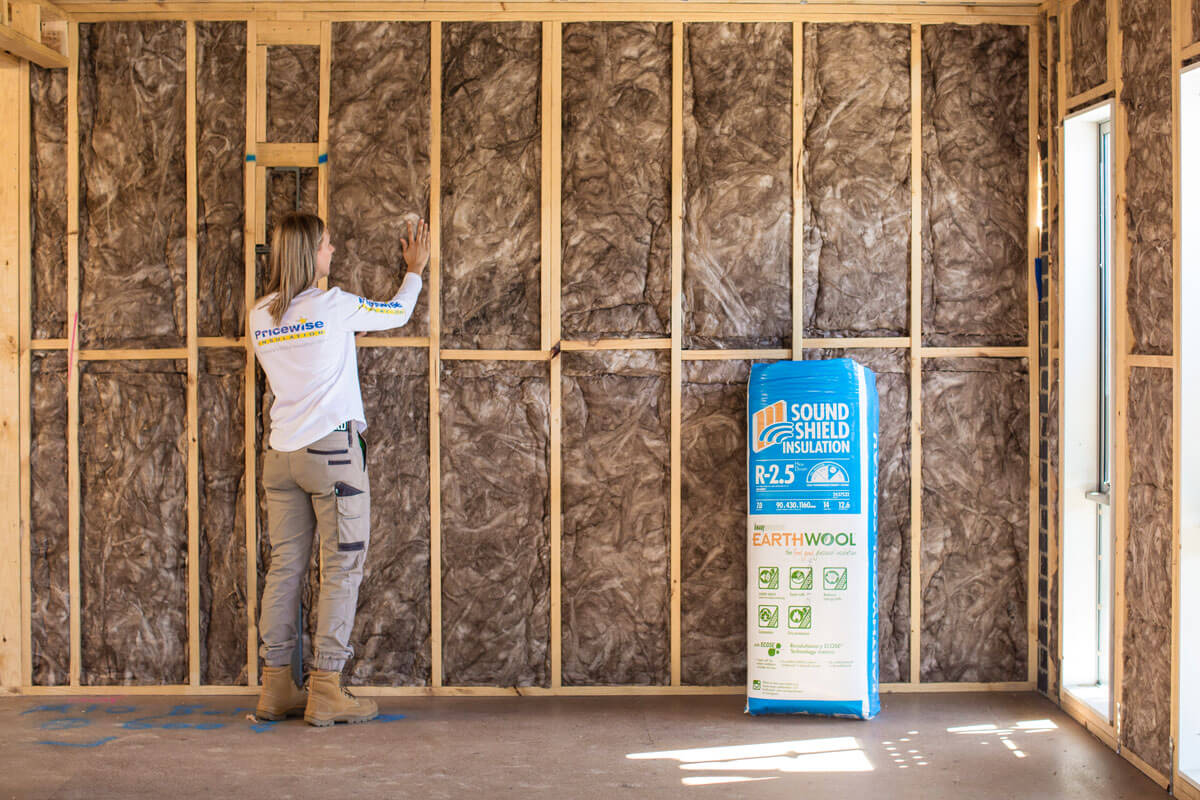
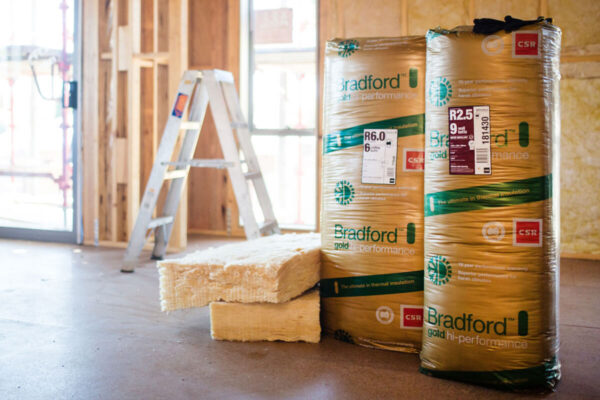
Can porous bricks and water ingress cause cavity wall insulation to blacken?
Hi Barbara,
Thanks for your comment!
The presence of blackened insulation often indicates air leakage in and out of your home. The air carries particles, dust, and moisture which overtime build up in the insulation (which acts as a filter) and causes the insulation to blacken.
Older homes often lack airtightness, particularly those without proper vapor barriers. It’s crucial to note that if the insulation is damp, it is advisable to consider removal. This precautionary measure is especially significant to prevent the potential formation of mould. Keeping your insulation dry and well-maintained is key to ensuring its optimal performance.
Please don’t hesitate to call us on 1300 729 639 if you need further assistance. We’d be happy to help.
Regards,
Felicity